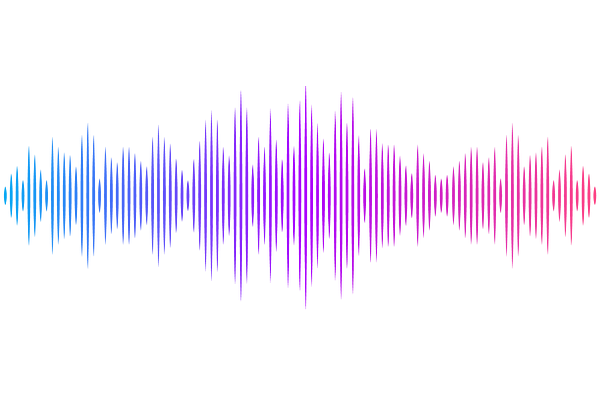Gravitational Radiation-Driven Chaotic Tide in a White Dwarf-Massive Black Hole Binary as a Source of Repeating X-ray Transients

Gravitational Radiation-Driven Chaotic Tide in a White Dwarf-Massive Black Hole Binary as a Source of Repeating X-ray Transients
Shu Yan Lau, Hang Yu
AbstractEccentric white dwarf-massive black hole binaries can potentially source some extreme X-ray transients, including the recently observed quasi-periodic X-ray eruptions and tidal disruption events at the galactic nuclei. Meanwhile, they are one of the target gravitational wave sources with extreme mass ratios for future millihertz gravitational wave missions. In this work, we focus on the tidal evolution and orbital dynamics of such binaries under the influence of the tidal backreaction and the dissipative effect from gravitational wave emission. We find that the latter can cause the dynamical tide to evolve chaotically after more than one orbital harmonics encounter the mode resonance through orbital decay. Different from the tidal-driven chaos, which only occurs for pericenter distances within around two times the tidal radius ($R_t$), this gravitational wave-driven chaos can happen at much larger pericenter distances. The growth scales similarly to a diffusive process, in which the tidal energy grows linearly with time on average over a long duration. If the tidal energy eventually approaches the stellar binding energy, achievable when the pericenter distance is less than $4R_t$, it can cause mass ejection as the wave breaks due to nonlinear effects. We show that this can potentially lead to the repeating partial tidal disruptions observed at galactic centers. That means these disruptions can occur at a much larger pericenter distance than previous analytical estimates. Furthermore, if the system can evolve to a close pericenter distance of about 2.7$R_t$, the white dwarf can further lose mass via tidal stripping at each pericenter passage. This provides a mechanism for producing the quasi-periodic eruptions.